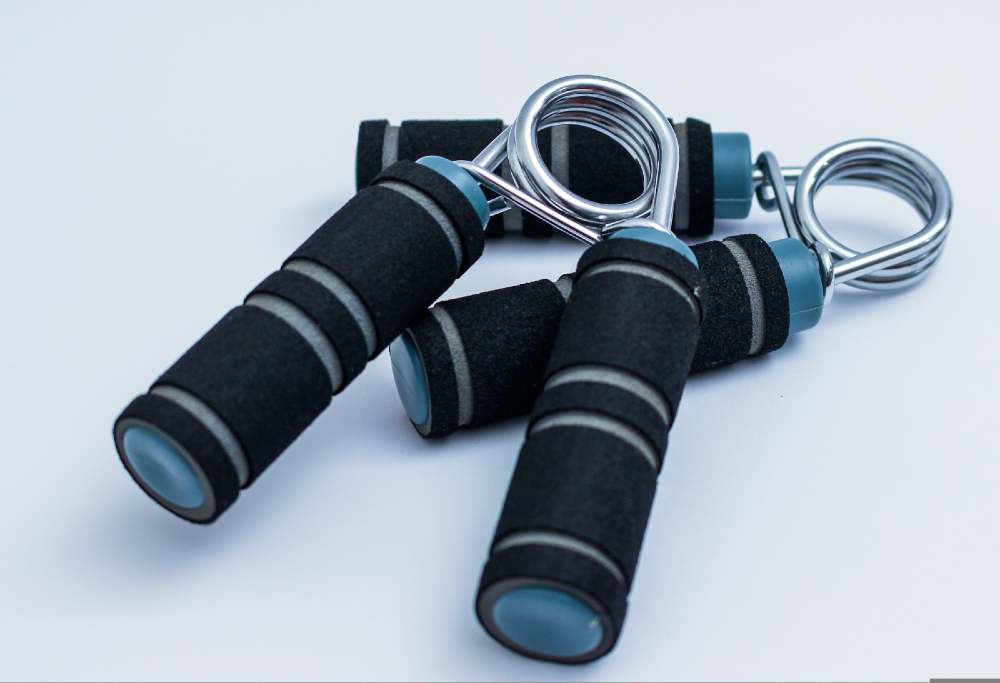Creating a home gym can transform your fitness routine by offering convenience, flexibility, and a personalized workout space. Whether you’re an experienced athlete, a beginner, or just looking to be more active, a home gym helps you avoid the crowds and distractions of commercial facilities.
Plus, setting up an effective gym doesn’t have to be expensive. With careful planning and a focus on value, you can create a motivating space that supports your fitness goals and fits into your lifestyle. This guide will share practical tips and budget-friendly strategies for establishing your workout haven at home.
Consider Your Safety
When setting up a home gym, prioritizing safety is crucial for a secure workout environment. Start by choosing flooring that provides cushioning and reduces injury risk, like rubber mats or interlocking foam tiles.
Invest in quality, sturdy equipment and include features like safety bars, spotters, or safety mats when using heavy weights—especially with machines from Strength Warehouse USA that can offer durable and secure lifting options. Ensure your gym is well-lit and clutter-free to prevent accidents, and regularly maintain your equipment to avoid malfunctions that could lead to injuries.
Utilize Multi-Purpose Equipment
Investing in multi-purpose equipment is a smart way to maximize space and budget in your home gym. This gear allows you to perform various exercises that target multiple muscle groups without cluttering your space with single-use machines. For instance, a power rack can handle weightlifting, bodyweight exercises, and pull-up assistance, while adjustable dumbbells can replace an entire rack of fixed weights.
Consider adding resistance bands to your routine for strength training, stretching, and rehabilitation. Their versatility saves money and keeps your workouts fresh, allowing you to adapt as your fitness level improves. When choosing multi-purpose equipment, opt for durable, easy-to-adjust options with clear instructions for effective use across various workouts.
Get Creative with DIY Solutions
Harnessing your creativity can lead to innovative, cost-effective DIY solutions for your home gym. Many fitness tools can be made with basic materials, letting you customize equipment to meet your needs while saving money. For instance, you can create sandbags by filling sturdy duffel bags with sand, gravel, or old clothes, providing a versatile tool for strength training and conditioning workouts.
You can build your plyometric box from plywood or use sturdy furniture as workout aids, like a chair for step-ups or tricep dips. Another option is to make resistance bands by cutting an old tire inner tube into strips and doing resistance training without the cost of commercial bands. ACreatinga workout space with movable equipment, like a sturdy ladder for bodyweight exercises, can enhance your gym’s functionality.
Use Space-Saving Storage Options
Storage space can often be challenging when creating a home gym, mainly if you have limited room. To maximize the use of your space, consider using wall racks and floating shelves for storing smaller pieces of equipment, like resistance bands or yoga mats.
This saves floor space and keeps your workout area organized and clutter-free. For larger items like weights or exercise balls, utilizing storage bins or buying a compact weight rack can help to free up valuable floor space while keeping equipment easily accessible.
Incorporate Functional Training Equipment
Functional training utilizes movements that mimic everyday activities to improve strength, balance, and coordination. By incorporating functional training equipment into your home gym, you can engage in exercises that train your body to perform better in real-life movements, making it a practical and efficient workout.
Some examples of functional training equipment include kettlebells, medicine balls, and suspension trainers. These items are often relatively affordable and can offer a diverse range of exercises for a full-body workout.
Consider Secondhand Options
When building a home gym on a budget, exploring secondhand options can significantly reduce costs while providing quality equipment access. Websites such as Facebook Marketplace, Craigslist, and local thrift stores often list used fitness gear at a fraction of the price of new items. You can find a range of equipment, from weights and benches to cardio machines, that are often in great condition.
When buying used items, it’s crucial to check the quality and safety of the equipment. Look for signs of wear, rust, or damage, and if possible, test it before buying. Don’t hesitate to negotiate prices; many sellers may lower their asking price for a quick sale.
This approach saves money and promotes environmental sustainability by giving equipment a second life. Remember to account for any adjustments or repairs in your budget to ensure a wise investment for your home gym.
Creating a home gym is an exciting journey that empowers you to take control of your fitness. With the right mindset and resources, you can design a space that inspires you to work out regularly and meet your health goals.
As you embark on this project, remember that your home gym reflects your unique preferences and lifestyle, making it an essential part of your wellness journey. Enjoy the process, celebrate your progress, and embrace the transformation that comes from committing to a healthy lifestyle in the comfort of your own home.




